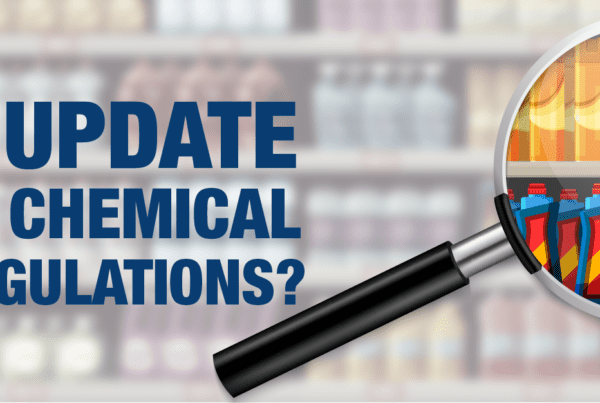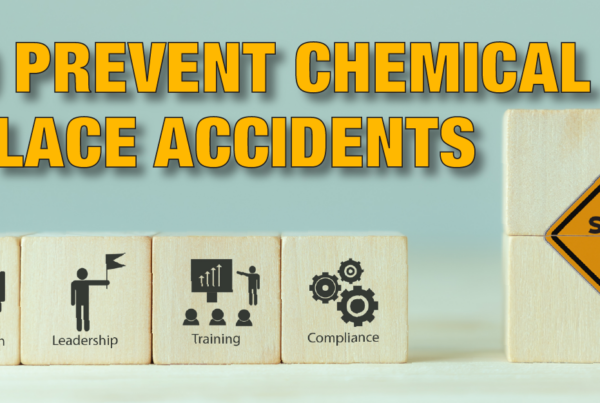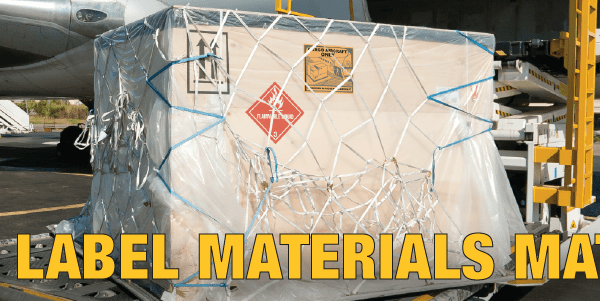
The Issues with Exclusions and Confidential Business Information (CBI) Keep Coming
Health Canada recently published a proposed amendment to the HPR (Hazardous Product Regulations), which included an option to use specified concentration ranges for ingredients rather than the exact or actual chemical concentration on their SDSs (safety data sheets) (October 21, 2017). The proposed amendment to allow these ranges, would offer industry some CBI protection of formulations without having to go through a potentially costly CBI application claim under the Hazardous Materials Information Review Act (HMIRA).
The “Why” of the Notice
After receiving comments and questions on the proposed amendment, Health Canada brought forward two additional bigger issues, the full exclusion of consumer products from the Hazardous Products Act (HPA) and HPR (or WHMIS 2015), and whether to allow CBI protections of substances with special health hazards (particularly carcinogens, mutagens, reproductive toxicants and respiratory sensitizers, or “CMRRs”).
The “What” of the Notice
With regard to the full exclusion of consumer products from the HPA and HPR, stakeholders felt that since the Consumer Chemicals and Containers Regulations 2001 (CCCR 2001) did not include hazard criteria for special health hazards like the CMRR’s, a worker that might purchase a consumer product from a retail store to use in their workplace, will not have the same full hazard information on the product (and will therefore not protect themselves appropriately) that they would have if the product had been supplied directly to their workplace. Stakeholders felt, therefore, that the exclusion for consumer products should be modified to require employers to provide HPA/HPR information, even for consumer products.
In comparison, and unlike the Canadian CCCR 2001, consumer product legislation in the United States does include some special health hazard criteria (e.g. strong sensitizers, Chronic toxics causing cancer, neurotoxicity, and/or developmental or reproductive toxicity). Likewise, in the European Union, does also include special health hazard criteria. Consumer products and workplace professional products are regulated in the European Union by the same legislation, one of the differences between the two types of products, being just the choice of precautionary label statements used on labels.
With regard to CBI protections of substances with special health hazards, stakeholders felt that suppliers with CMRR substances should not be permitted to submit any type of CBI claim for those substances, including the chemical name, CAS number, or concentration. Stakeholders pointed out that in the European Union, CMRR’s were not permitted CBI protection. However, in looking closer at the CBI protections allowed in the European Union, it is the chemical names of ingredients with certain classifications that cannot be protected. Exact or actual concentrations are not at issue.
How to get Involved
Interested parties have until November 20, 2017 to submit comments for consideration in the proposed amendments to these two acts.
Health Canada’s Notice of Intent, can be viewed here: http://gazette.gc.ca/rp-pr/p1/2017/2017-10-21/html/notice-avis-eng.php
If you have any questions about WHMIS 2015, we are always happy to assist. Please contact ICC Compliance Center, Inc. at 888-442-9628 (USA) or 888-977-4834 (Canada).





